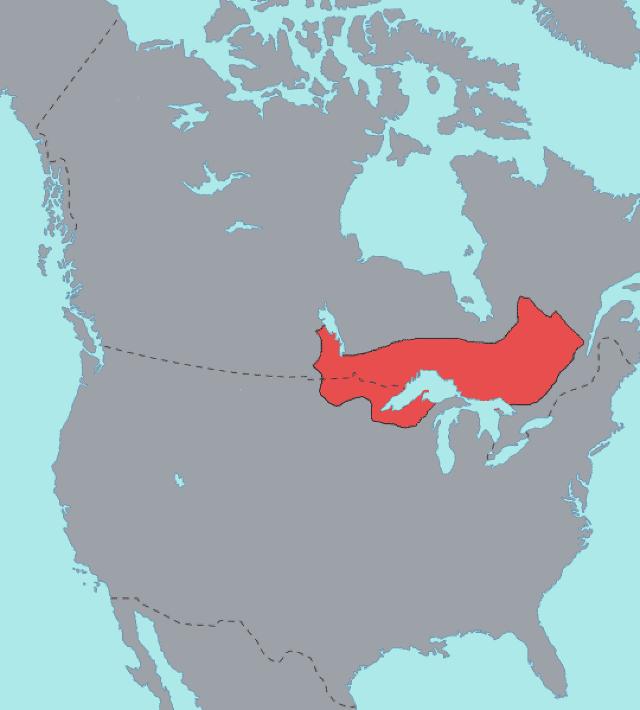 |
Canku Ota
|
 |
|
(Many Paths)
|
||
|
An Online Newsletter
Celebrating Native America
|
||
|
February 2020 - Volume
18 Number 2
|
||
|
|
||
|
How A Native American
Coming-Of-Age Ritual Is Making A Comeback
|
||
|
by Rosalyn R. LaPier
- Associate Professor of Environmental Studies, The University of
Montana
|
||
The Ojibwe, one of the largest indigenous groups in North America, with communities from Quebec to Montana, are revitalizing the "berry fast," a coming-of-age ritual for girls. Ojibwe women historically conducted a ritual for their girls when they started their first menstruation, part of which included fasting from eating strawberry, or heart berry, known as Ode'imin, for an entire year. This was also a time to learn valuable wisdom from women elders. A time for growth As a scholar of the environment and indigenous peoples, I have studied how Native Americans find religious meaning in the natural world. Indigenous people often view menstruation as a time when girls and women are spiritually powerful. It is also believed to be a time when young women can have visions. Such stories are often told by the elders within the Ojibwe community. In one such story, a girl born in 1830 had a vision of a great bear. The story goes that as the bear walked toward the girl "it got smaller in size, and when it was right beside her, she suddenly became the bear. She felt wonderful – powerful and strong." She became known as "Bear Woman." It is said that she had a long life and overcame many challenges with "a strong heart and the courage of a bear." Historically, women built a small wooden house for a girl to live in seclusion during her menstruation each month. It would serve as a place for personal reflection as well as a space for learning from elders. Today, Ojibwe girls do not live in a separate house during menstruation, but instead seclude themselves from family and community interactions. For the Ojibwe and other indigenous people, seclusion was seen as a special time without chores, when the girl worked on personal growth and learned from elders. At the end of the year a feast is held for the whole community to celebrate the girl's transition. At the feast the girl receives gifts from her community, and in turn she gives gifts. Strawberries and other berries are served to the young woman to eat as she ends her "berry fast." Power of womanhood Many Ojibwe women discontinued this ritual when most of their religious and cultural practices were made illegal by the U.S. and Canadian governments in the late 19th and early 20th centuries. But the knowledge was not lost. Today, many Ojibwe communities are reawakening such female-centered cultural practices. As one Ojibwe cultural leader recently told me, after a berry fast, the young woman is looked up to as a "leader" by her peers. It is "a beautiful and intentional year-long consideration of the power of womanhood," she said.
About the author |
||
|
|
|
||
|
|
||
| Canku Ota is a free Newsletter celebrating Native America, its traditions and accomplishments . We do not provide subscriber or visitor names to anyone. Some articles presented in Canku Ota may contain copyright material. We have received appropriate permissions for republishing any articles. Material appearing here is distributed without profit or monetary gain to those who have expressed an interest. This is in accordance with Title 17 U.S.C. Section 107. | ||
|
Canku Ota is a copyright ©
2000 - 2020 of Vicki Williams Barry and Paul Barry.
|
||
 |
 |
|
|
The "Canku
Ota - A Newsletter Celebrating Native America" web site and
its design is the
|
||
|
Copyright ©
1999 - 2020 of Paul C. Barry.
|
||
|
All Rights Reserved.
|
||

